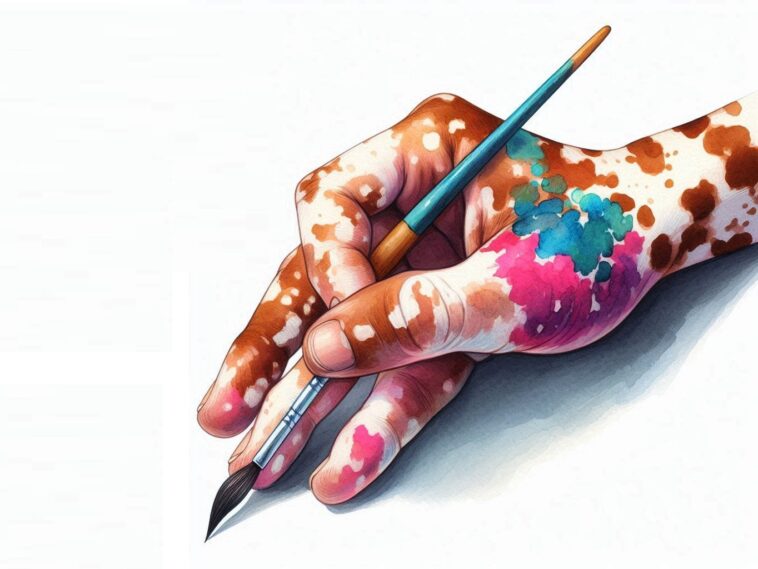Recent studies highlight a significant bias in how vitiligo is represented in Google Image searches, with darker skin tones making up the majority of the images shown. According to posters presented at the 2024 American Academy of Dermatology Annual Meeting, over three-quarters of the first images that appear when searching for vitiligo display individuals with darker skin. This has raised concerns about the lack of diversity in skin tones when representing the condition.
Vitiligo, a skin disorder that causes the loss of pigment in certain areas, can affect individuals of any ethnicity or skin tone. While it is more common among Asian and Hispanic populations, people from all backgrounds experience the condition. Two studies were conducted to examine how well vitiligo is represented in Google Image searches and whether all skin tones are adequately shown.
The first study, conducted in September 2023, analyzed the first 50 images that appeared when searching for terms like “vitiligo” and “losing skin color.” The images were categorized from lightest to darkest using a specific grading scale. It found that darker skin tones appeared in over 74% of the images. The researchers also noted that most images focused on the face and upper limbs, neglecting other parts of the body affected by vitiligo.
A second study, conducted in August 2023, used a similar method but categorized skin tones using the Fitzpatrick scale, which ranges from type I (pale skin) to type VI (dark brown or black skin). This study found that 72% of the images depicted individuals with darker skin types, leaving lighter skin tones significantly underrepresented.
Both studies concluded that the lack of representation for lighter skin tones could lead to misdiagnosis and biased treatment, as well as clinical challenges for dermatologists less familiar with vitiligo in lighter-skinned individuals. To improve awareness and treatment outcomes, these studies call for a more inclusive portrayal of vitiligo across all skin tones in online images.

